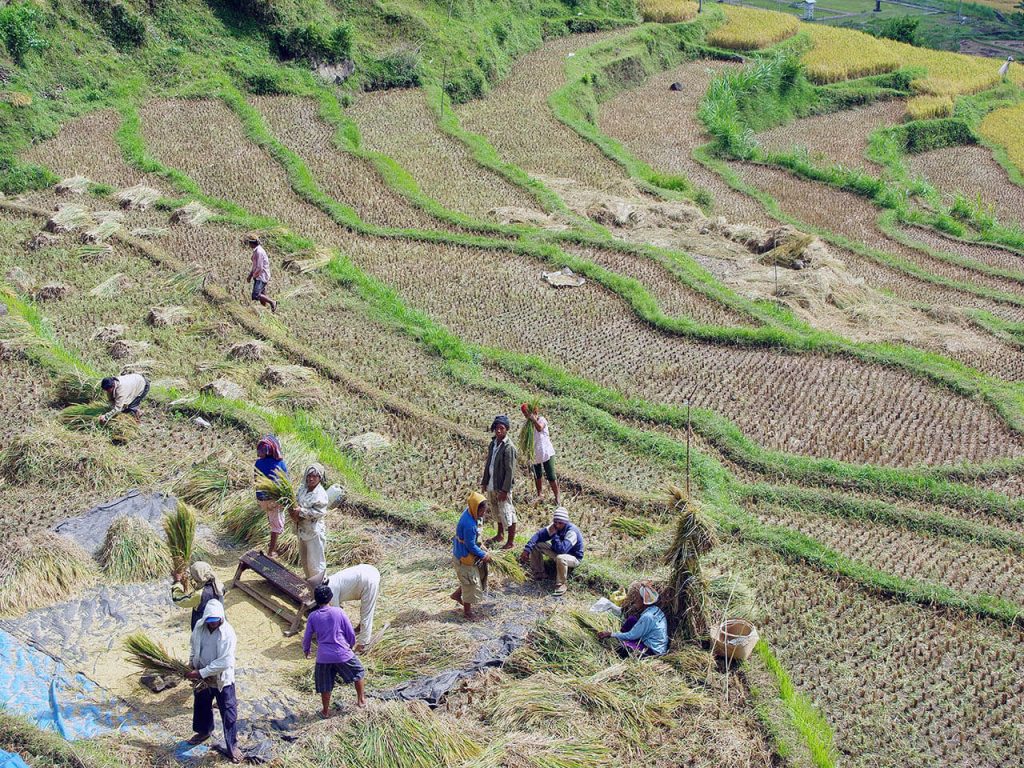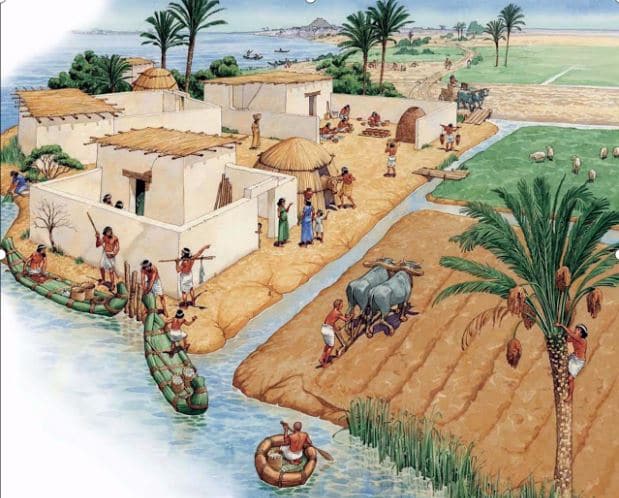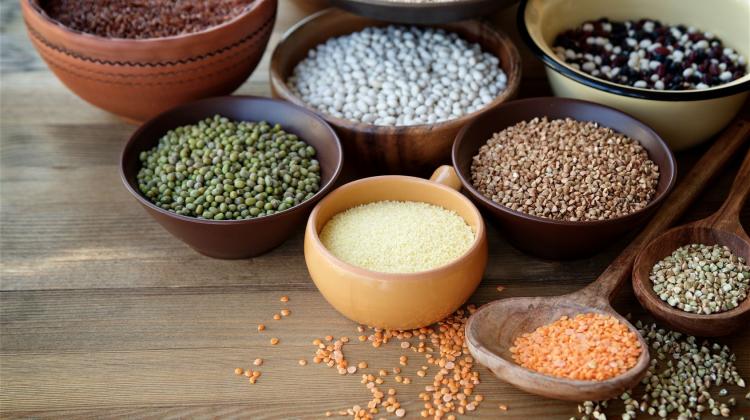As everything with resource management for the public interest, improvement in the rice supply chain needs the cooperation of all the related stakeholders. To understand the bigger picture of this challenge, it is necessary to analyse the issue from smaller scopes. One approach can start from the upstream segment. Today, the average income of Indonesian farmers only increases around Rp200.000 even with all prevailing measures – e.g. subsidy – to support their production activities. Therefore, the central question for this issue would be: What changes are needed to optimize the rice production that will also empower the farmers?
The world is changing and this brings new ways of doing things every day. Principally, there should be a change of mindset to understand the paradigm that affects the upstream segment of the rice supply chain. From the demand side, the rice preference of people is changing, especially for urban citizens where nowadays nearly 80 varieties of rice are consumed across Indonesia. At the same time, Indonesia still uses the single price of rice policy. As unfitting as it sounds, this oppresses farmers’ choice and capacity in producing varieties of rice. While waiting for a revolutionary change in rice price policy, one could empower farmer using another approach: branching farmer’s income so it would not solely depend on the rice yield. Farmers should not only focusing on on-farm activities. Leveraging the development of Society 5.0, farmers could be supported for better financial management that is independent yet also inclusive.
Badan Usaha Milik Rakyat (BUMR) is a combination of cooperative (koperasi) and small-medium enterprises (UKM) that aims to break the prevailing structural rigidity by creating farmer corporations. Most of BUMR’s stocks are owned by the people, this includes farmers. This way, farmers have – to some extent – authorization to determine what to do with their capitals and how to do things. One could buy machinery, one could do agroedutourism, and one could produce a diverse variety of crops. In Indonesia, combine harvester is in high demand due to its efficiency in commercial farming activities. Machinery utilization has improved rice yield up to 8% per hectare and has decreased rice yield loss to 3% only. Even the government provides financial aids for the provision of these farming machinery such as 4W tractor, 4W transplanter, and combine harvester. However, even with financial support, some factors still inhibit the optimum use of mechanization, especially from the human resource perspective who lacks the competency to use the technology and afraid of losing jobs due to mechanization.
Having autonomy in managing their capitals, leveraging Society 5.0 is expected to attract farmers, especially young ones, to have more interest in off-farm activities. This could be in the form of food and agriculture-related startups. At the heart of Society 5.0, farmers could harness the benefits from the available human resources, industrial approach, Internet of Things (IoT) and big data, broadband network and super-apps, artificial and business intelligence, also cloud computing. As mentioned above, these are all can be used efforts to improve the productivity and diversify farmer’s income. By empowering the farmers, more measures can be formulated for the betterment of the upstream segment of rice supply chain, assuming it will less harming the farmers. Further policy objectives need to be addressed include removing food price inflation, shortening distribution chain, and strengthening rice provision in BULOG. All in all, the taken measures to increase efficiency in this upstream segment should bring food stability and accessibility for all people.





